Sultanahmet: The Old Soul of Istanbul
Sultanahmet: The Old Soul of Istanbul
Istanbul's intriguing Old City, which houses some of the city's most ancient landmarks, retains the city's beating heart. Sultanahmet, situated on a peninsula looking over the Bosphorus Strait to Asia, was formerly the capital of the Byzantine and Ottoman empires.
Walking ancient city walls, haggling in historic bazaars, absorbing the sanctity of Ottoman mosques, sipping beer on a rooftop bar, watching the sun set on the Golden Horn, or relaxing in a Turkish bath—always there's something more to do in Istanbul Old City, aptly known as "the city of the world's desire."
Hagia Sophia
Over a thousand years of history separates these two massive and famous structures that stand proudly 500 meters (1,640 feet) apart in the center of Sultanahmet. Begin with the Hagia Sophia, or Church of the Holy Wisdom, which was constructed in 527 at Justinian's request (an important emperor of the Byzantine Empire). With its awe-inspiring central dome and gold mosaic-covered interior, it is now a museum and one of the world's really magnificent structures. A short walk across a verdant and fountain-adorned plaza leads to the domed Blue Mosque (Sultanahmet Camii), which was purposefully constructed opposite the Hagia Sophia to mimic the marvels of the older building. It derives its name from the approximately 20,000 blue Iznik tiles that decorate its interior.
Topkapi Palace
The Topkapi Palace is more of a collection of buildings situated amid gardens than a Versailles-style structure, and a half-day tour is hardly enough to do it right. From here, several Ottoman sultans controlled an empire that spanned the Balkans, Arabia, and North Africa all the way to Crimea. There are tiled kiosks, pleasure gardens, armouries, and huge kitchens to explore, as well as breathtaking vistas of Asia over the Bosphorus.
Visit a Hammam in Istanbul
Cleanliness is an essential aspect of Islam, and until most houses had their own water supply, the hammam (Turkish bath) played an important role in city life. Huge domed shrines to cleanliness developed amid the city's mostly wooden homes, endowed by sultans. Today's visitors flock to the hammam experience, reclining on warm marble, sluicing oneself with warm water from beautiful copper bowls, or succumbing to the pummelling and scouring of an experienced massage. The Hürrem Sultan, Caalolu, and emberlitaş are only three of the Old City's treasures.
The Blue Mosque
The Blue Mosque (Sultanahmet Mosque) is one of Istanbul's and the world's most magnificent mosques and monuments. Sultan Ahmet I ordered its construction in the 17th century (1603-1617).
Its name is derived from the stunning blue interior "Iznik tiles." It is a magnificent example of Turkish and Islamic architecture and one of Istanbul's most visited attractions and mosques.
Go to Bazaars
The Grand Bazaar, with its 4,000 stores, and the more intimate Spice Bazaar may be tourist traps, but these domed shrines of late-Medieval materialism continue to attract large crowds. Dive through the Grand Bazaar's labyrinth for anything from counterfeit designer jeans and handcrafted Turkish carpets to leather coats and traditional gold jewelry. In addition to dried fruits, nuts, and the famous Turkish delight, the Spice Bazaar does exactly what it says on the box.
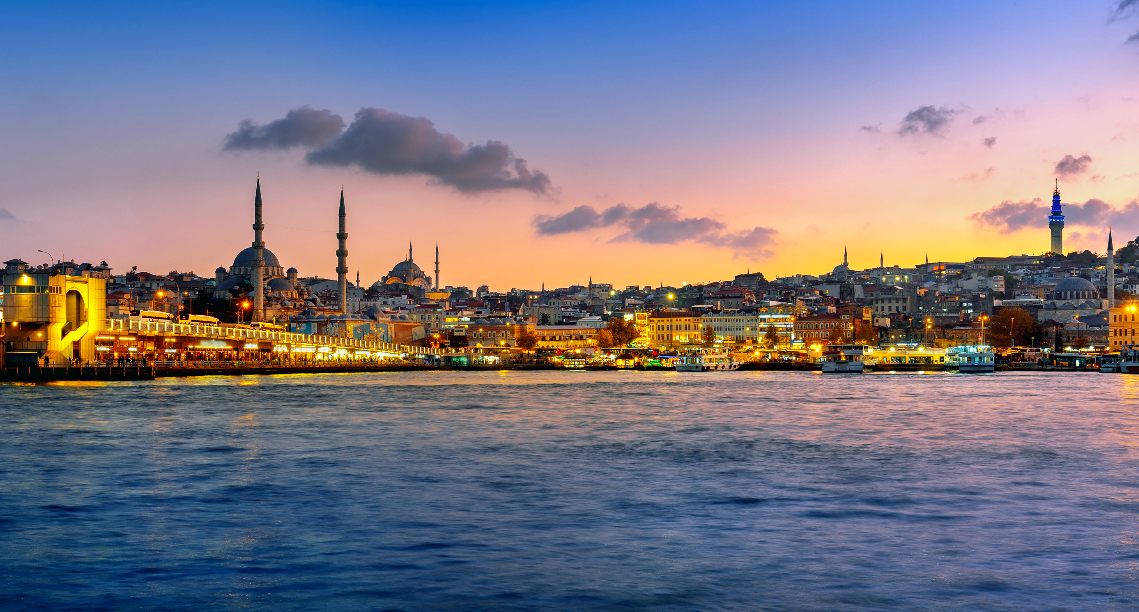




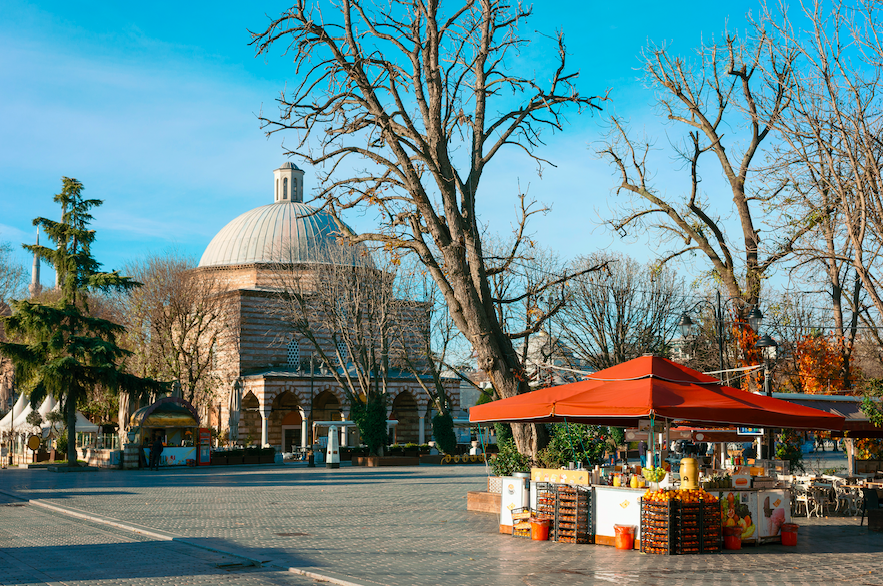
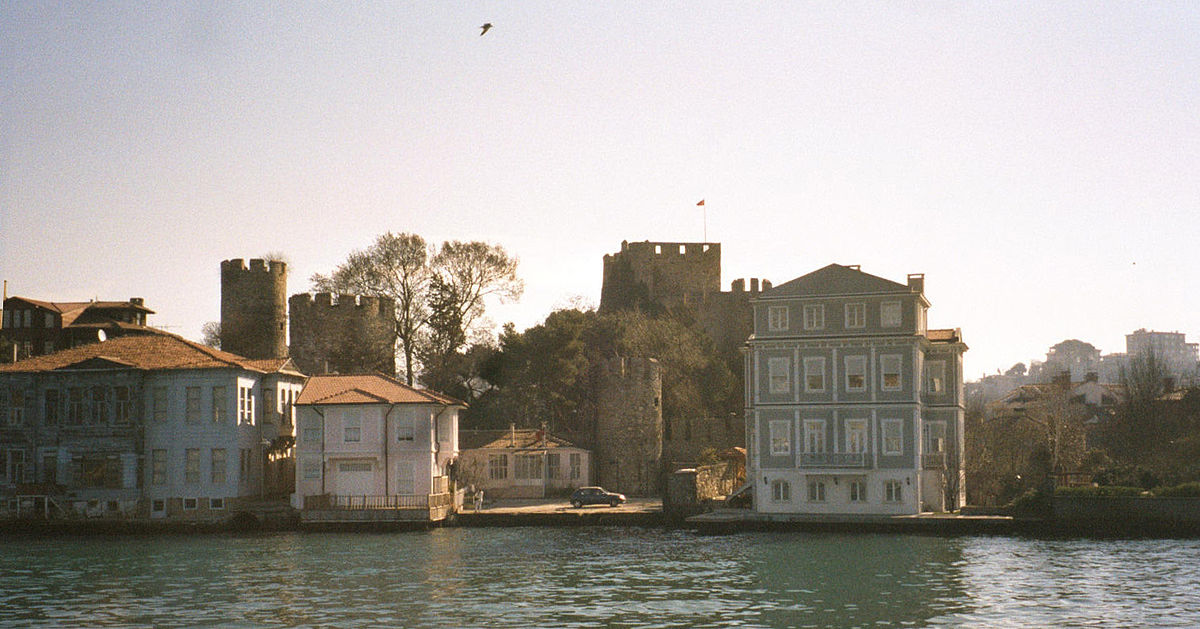
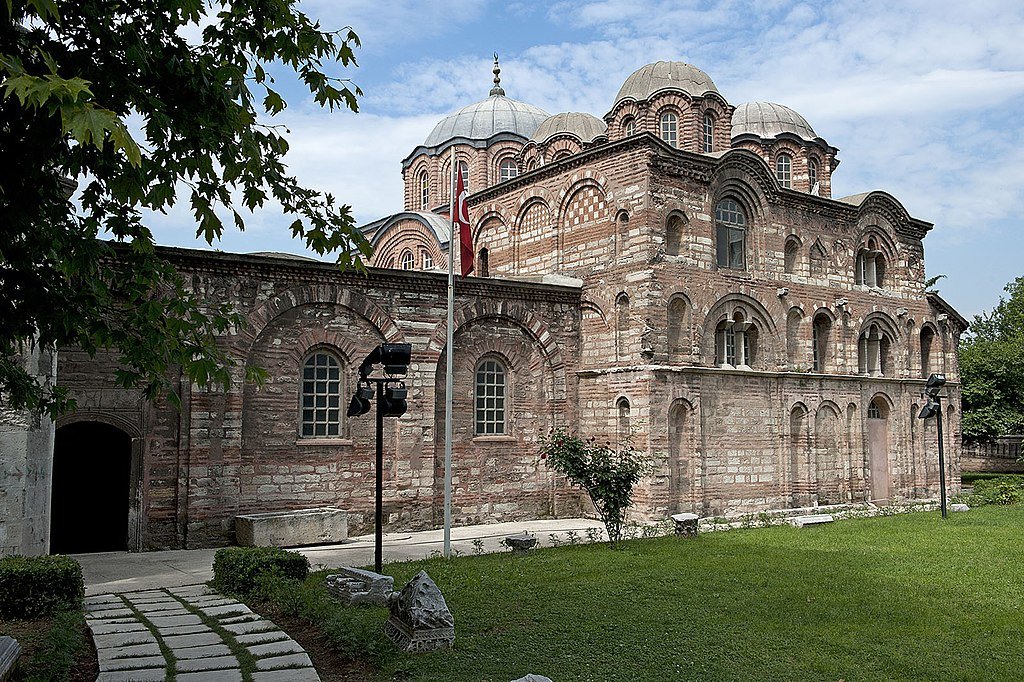

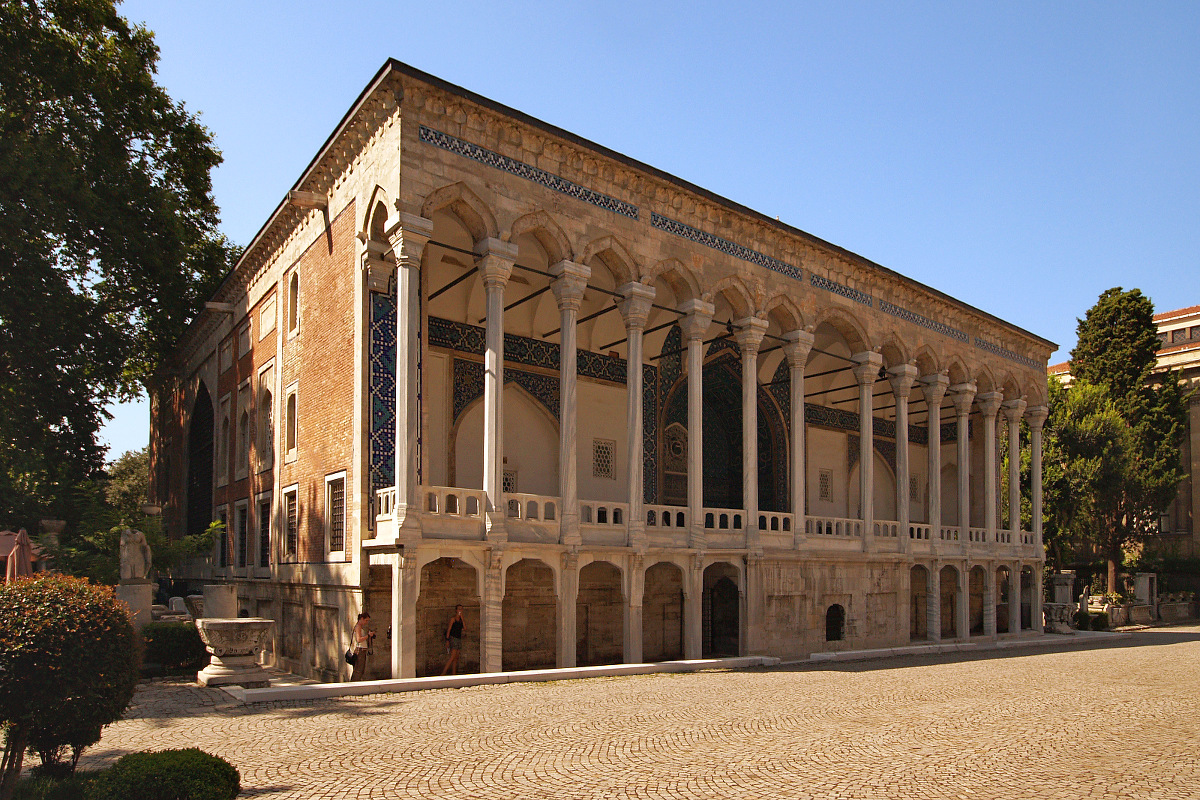
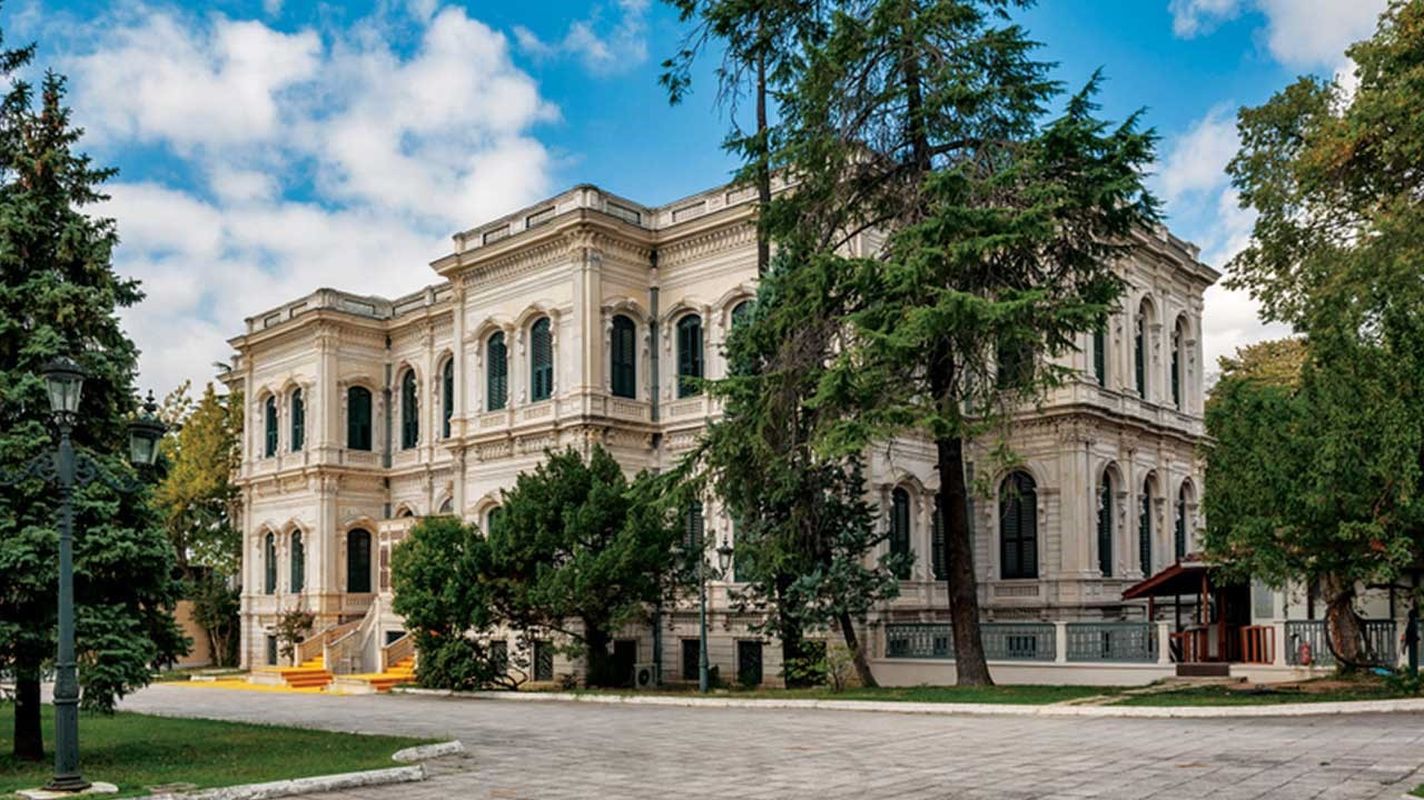
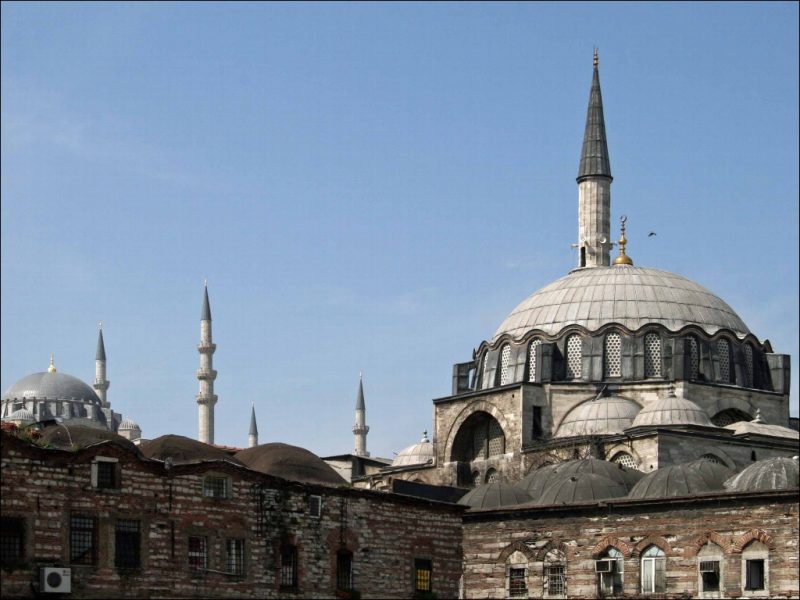
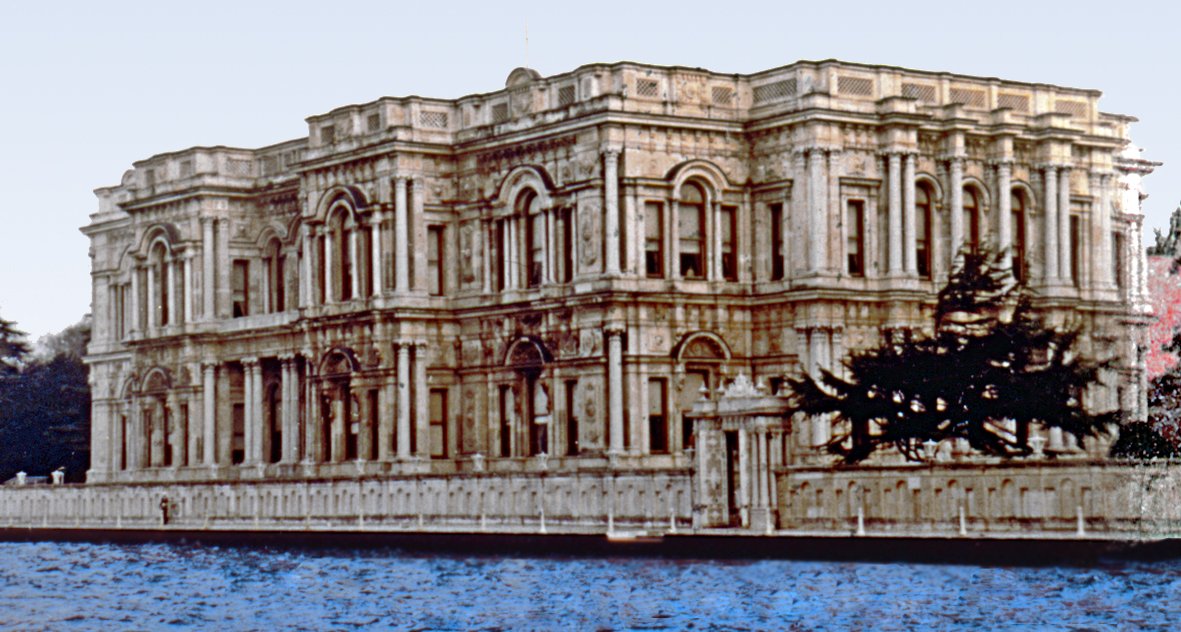

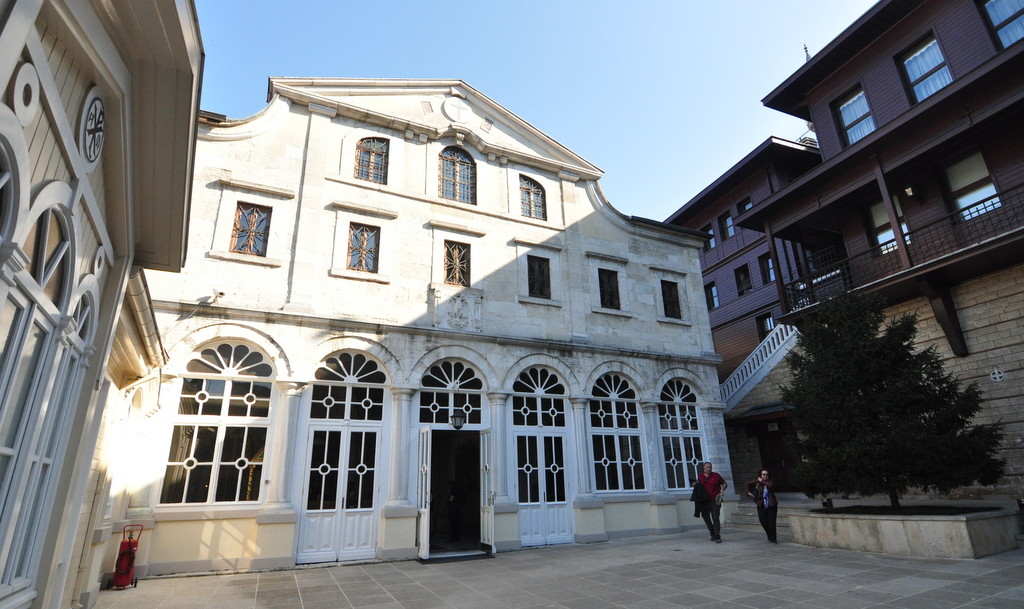
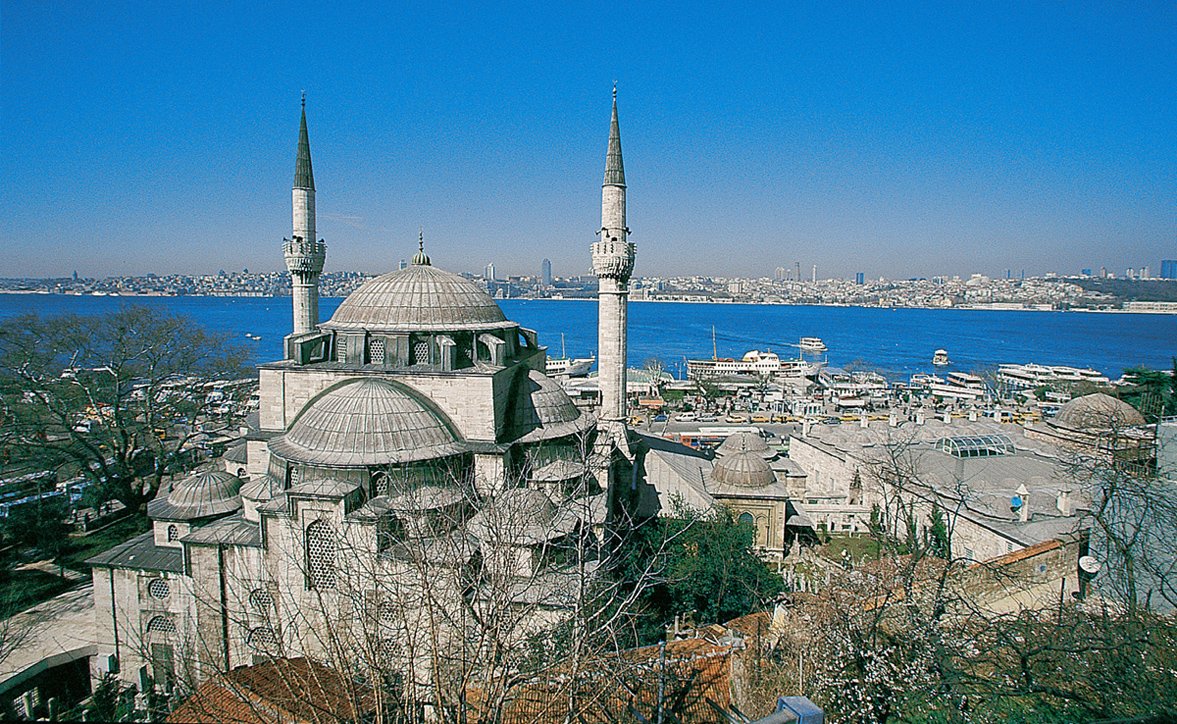
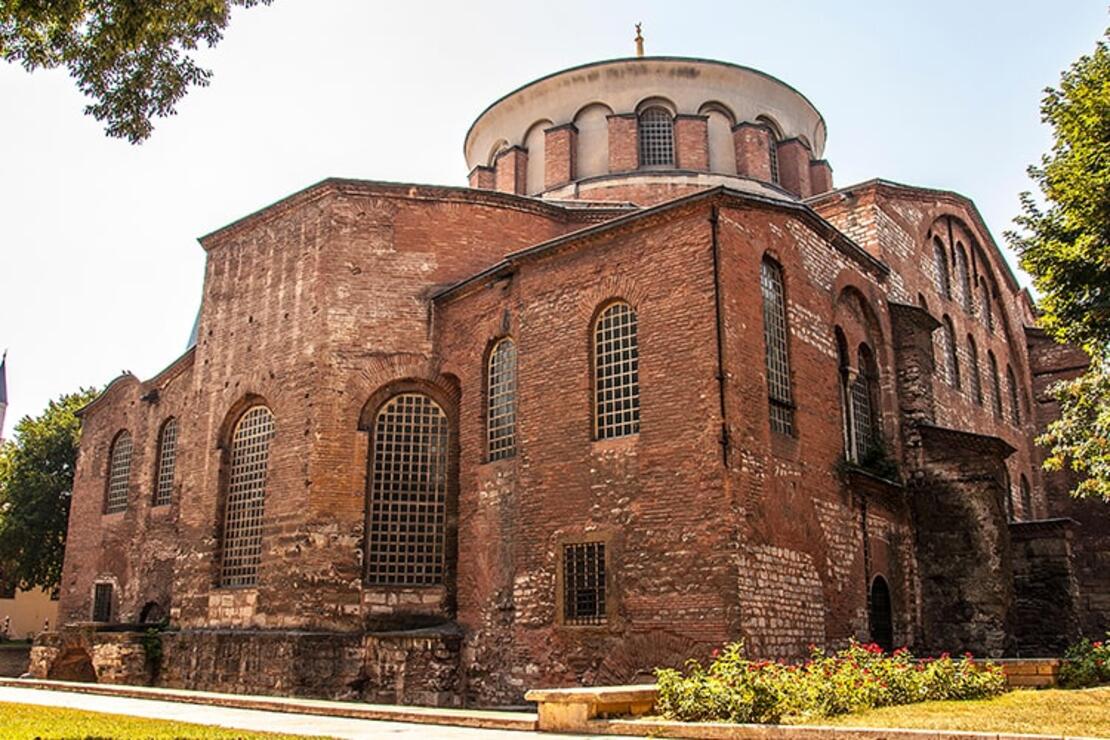

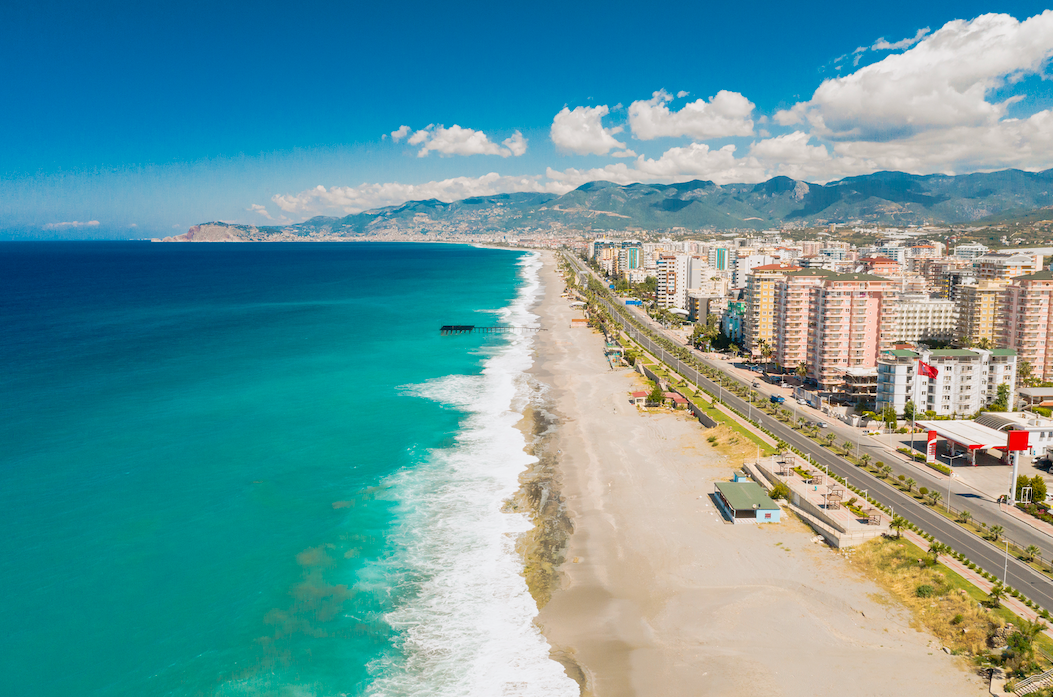
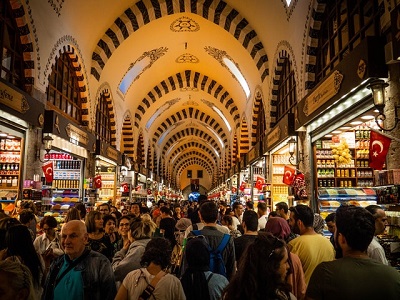




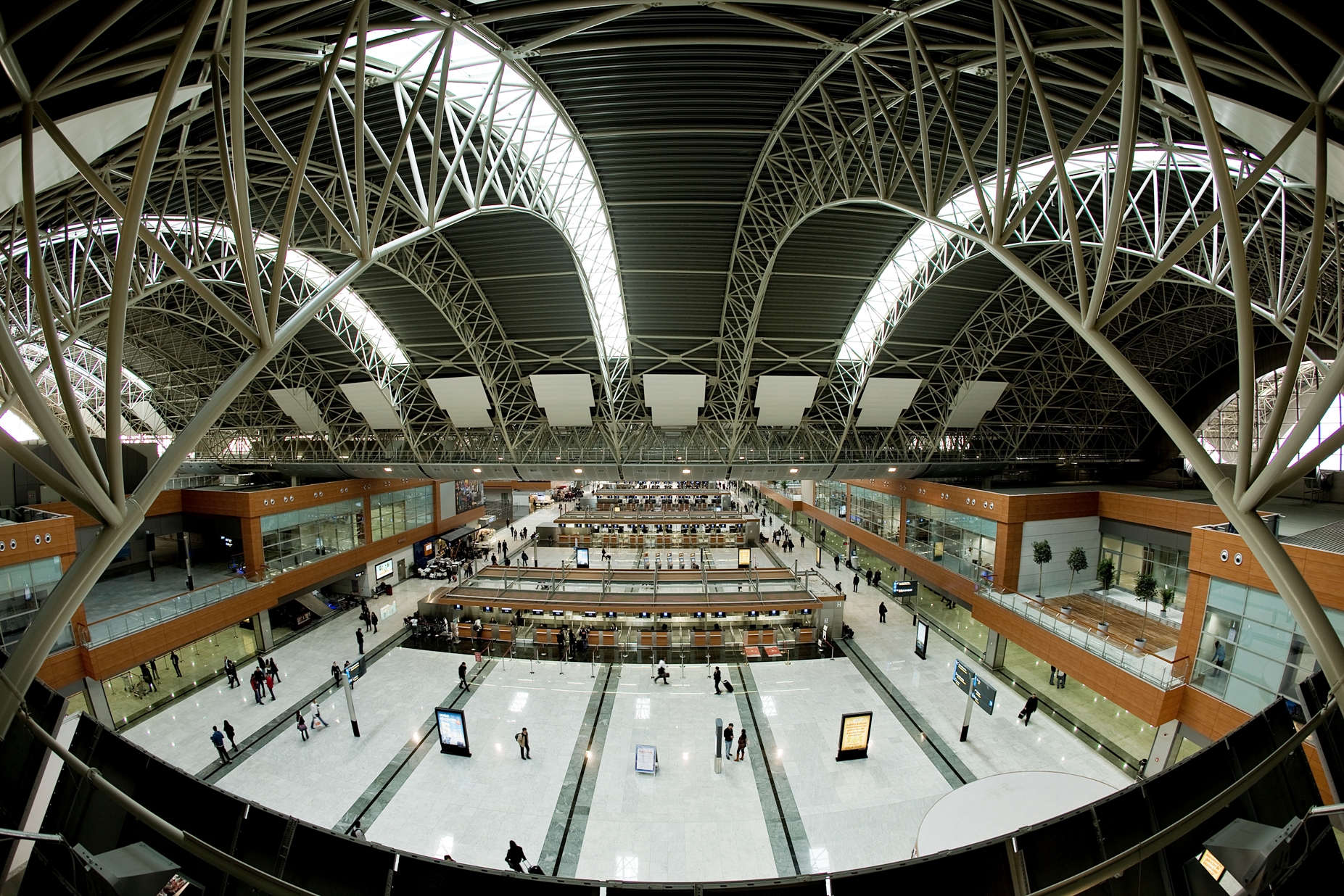

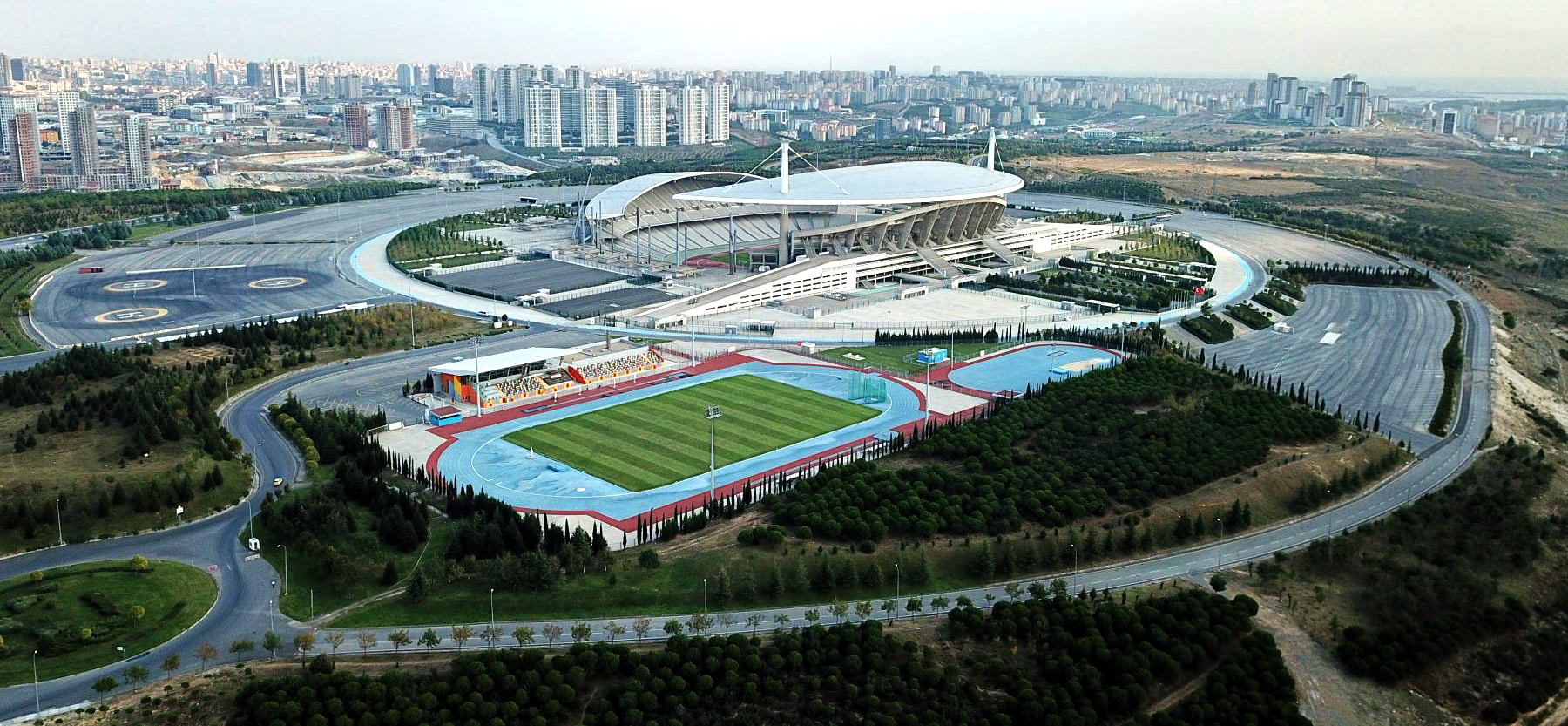
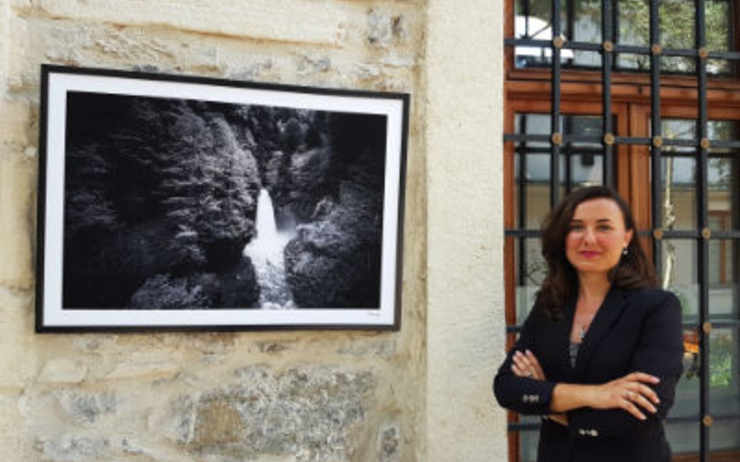
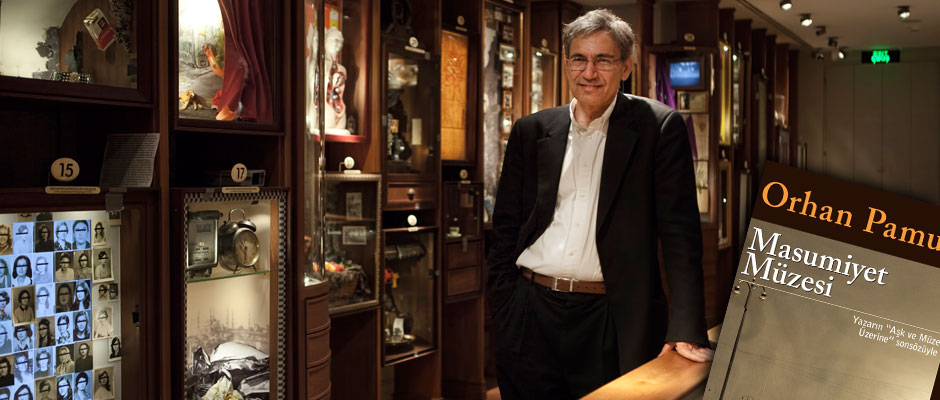

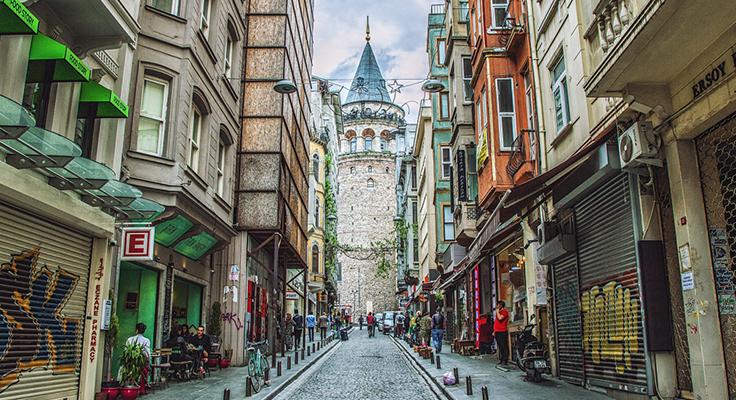
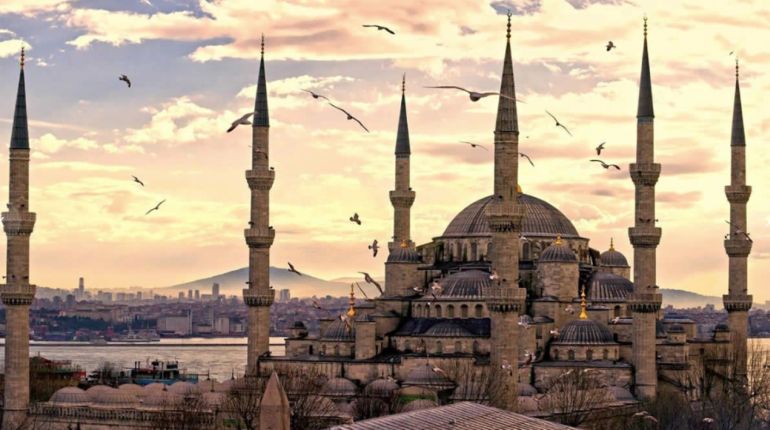
More posts by Gokce Nacar